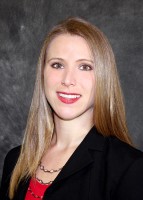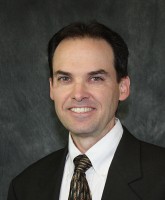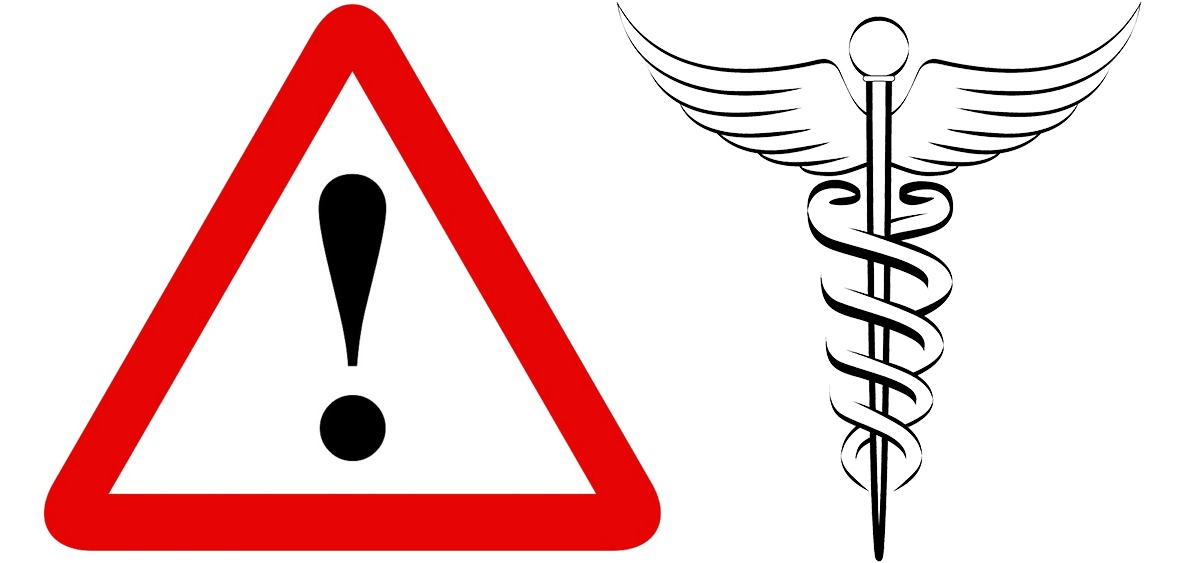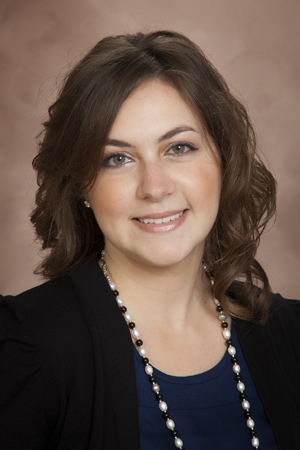When ECRI launched its list of Top 10 Health Technology Hazards for 2016 earlier this month, much of the chatter surrounded dirty endoscopes, which made headlines throughout 2015. However, the actual goal of the report is to serve as a practical tool for healthcare facilities that are using and managing the technology. And the bigger question for medical device manufacturers is how can they work with healthcare professionals to solve some of these issues?

“When we publish our top 10 list, we focus it towards hospitals to tell them what to look out for, but we find that a lot of suppliers look forward to reading it to see whether they can come up with a good solution to one of the top 10 problems, and that might be a good business opportunity for them,” says Erin Sparnon, engineering manager in ECRI Institute’s Health Devices Group. One of the most effective ways that device manufacturers can work with healthcare clinicians in mitigating hazards is to be responsive to hospital requests. “For example, [regarding] the number one technology hazard, the cleaning of flexible endoscopes, the suppliers in that space have been very proactive in trying to promote best practices and answer questions the hospitals have [related to] what they need to be doing about disinfection and how they can ensure that all of their patients will get an adequately cleaned instrument,” says Sparnon. She points out that since the hazards are not specific to one particular device manufacturer, companies can partner with hospitals to establish and follow best practices.
Within the hospital, the first step of mitigating risk and addressing the hazard(s) is through forming a multidisciplinary committee as opposed to selecting one person or group from a specific area of expertise in the healthcare facility. “The committees should involve nursing, administration, the medical community, engineering, and IT, if applicable,” says Robert Schluth, senior project officer in ECRI’s Health Devices Group. “These reports are geared towards the full breadth of those working with technology at hospitals.”

As a result of ECRI’s conflict of interest policy, the institute only evaluates finished medical equipment that is available for sale. While it doesn’t get involved in product development, device manufacturers can use the information ECRI provides to further improve product design. “Many of the potential hazards can be impacted either positively or negatively by human factors,” says Sparnon. “As far as product development, suppliers in our experience have been considering human factors in their product design for years. We often find in our evaluation process that if we identify a human factors challenge with a device, often it’s something that suppliers are aware of and are already working to address.”
The ECRI list is a result of information gathered through several methods, including problem reports, researching topics, testing devices, and conversations with hospitals. Managed by Schluth, the selection process for the hazards list is ongoing throughout the year but kicks into high gear during the summer when people throughout ECRI nominate topics for consideration. “Then our Health Devices group will triage that down to a more manageable number that we send out to our content groups for voting,” says Schluth. “Each year the list is based on a total of everyone’s experiences over past 12 months. Using this feedback, we look for topics that we think will be most relevant for the coming year.” Although hazards such as the inadequate cleaning of endoscopes was a highly publicized problem this year, Schluth stresses that the list is not necessarily trying to provide a historical account of what happened in the past but rather give healthcare facilities information it can use moving forward to avoid problems.







